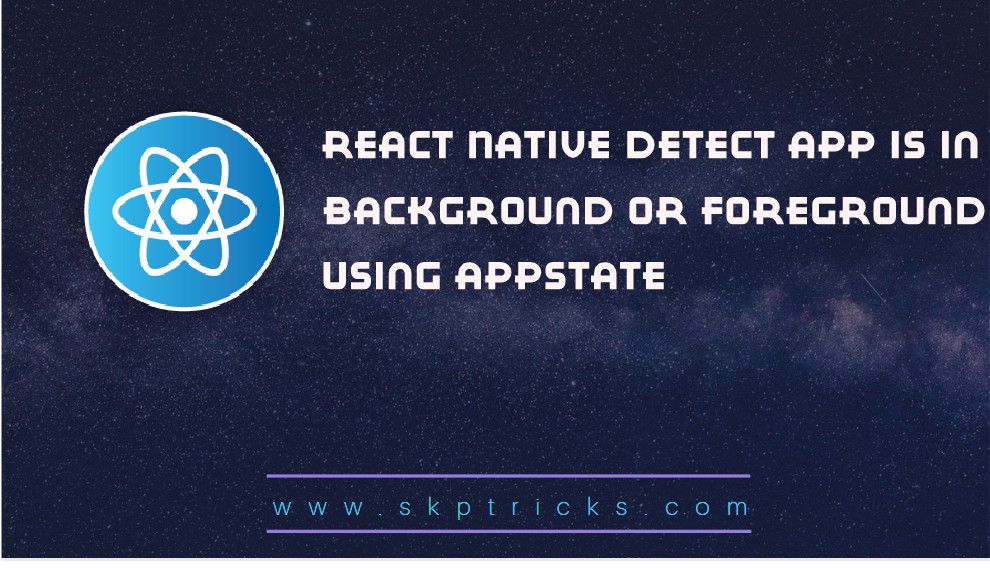

notAuthorizedViewīy default a Camera not authorized message will be displayed when access to the camera has been denied, if set displays the passed react element instead of the default one. This replaces and deprecates old permissionDialogTitle and permissionDialogMessage parameters. It will be passed as rationale parameter to PermissionsAndroid.request.
#Detect landscape vs portrait react native android
Android androidCameraPermissionOptionsĬonfiguration options for permissions request for camera. GitHub - yamill/react-native-orientation: Listen to device orientation changes in react-native and set preferred orientation on screen to screen basis. This replaces and deprecates old permissionDialogTitle and permissionDialogMessage parameters. Listen to device orientation changes in react-native and set preferred orientation on screen to screen basis. The problem is OrientationBuilder and MediaQuery.of(context).orientation still return portrait, even when the device is rotated (with screen rotation on), because my layout is fixed in portrait. It will be passed as rationale parameter to PermissionsAndroid.request. Thank, but I want my layout to stay in Portrait mode throughout, I only want one widget to change when the device is rotated landscape.

Android androidRecordAudioPermissionOptionsĬonfiguration options for permissions request for recording audio. Starting on android M individual permissions must be granted for certain services, the camera is one of them, you can use this to change the content of the dialog prompt requesting permissions. Android permissionDialogMessage - Deprecated Starting on android M individual permissions must be granted for certain services, the camera is one of them, you can use this to change the title of the dialog prompt requesting permissions. Android permissionDialogTitle - Deprecated This is specifically useful for iOS where it reports arbitrary high values and using a 0 to 1 value as the zoom factor is not appropriate. Specifies the max zoom value used in zoom calculations. Setting a value to less than 1 (default) will make the camera use its own max zoom property. Value: optional float greater than 1.0 used to enforce a maximum zoom value on the camera. For a medium zoom, for example, you could pass 0.5. The value 0 is no zoom, 1 is maximum zoom. Therefore avoid using screenfilling touchables inside of the cameraview. Warning: The Android Touch-Event-System causes childviews to catch the touch events. useNativeZoomīoolean to turn on native pinch to zoom. Value: float from 0 to 1.0, or -1 (default) for auto. The rgb offset values are applied to the calculated device specific white balance gains for the given temperature and tint values.


 0 kommentar(er)
0 kommentar(er)
